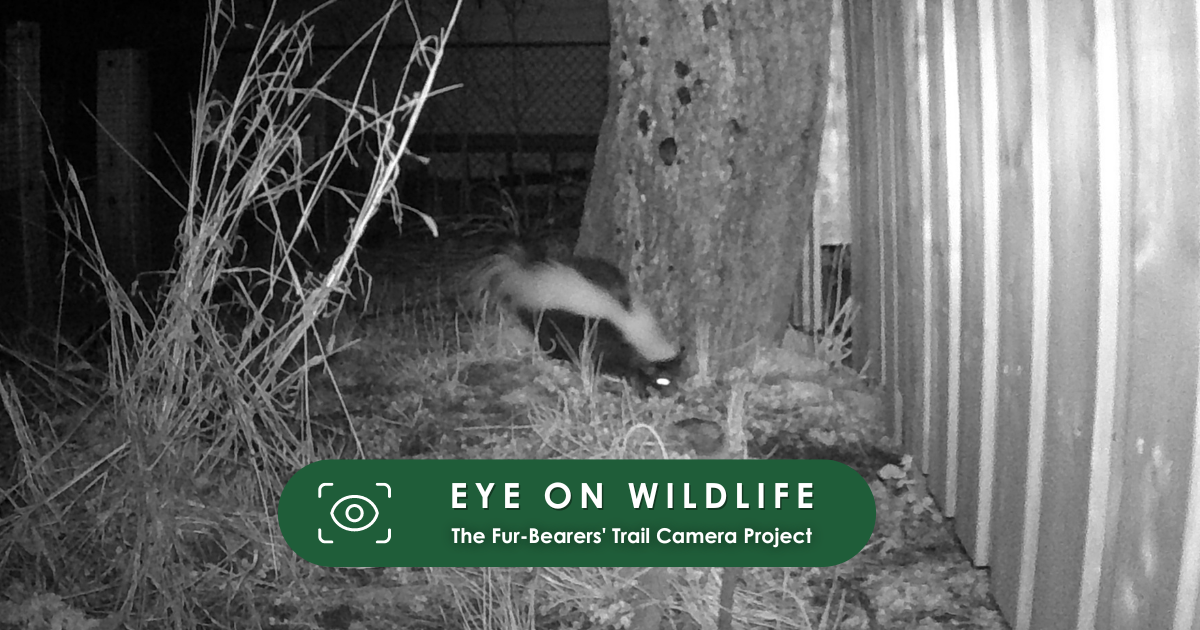
By Michael Howie
A good fence can make for a good neighbour. Living in an urban space, creating physical boundaries with fencing provides a sense of privacy, security and comfort. Even when you get a long great with a neighbour, having a ¾” thick line of pressure treated pine to block their slightly off-key rendition of Sweet Caroline on a Saturday morning while you’re enjoying your very much needed first coffee of the day can go a long, long, long way. (This is of course non-specific to any neighbours who may be reading this while learning open chord transitions.)
Our fence has a 1.5 m (5’) chainlink fence around much of it, with a 1.8 m (6’) privacy fence across part. It certainly has kept out the uninvited nighttime human visitors. Would it keep the local wildlife out, too?
Short answer: LOL (no).
A 7.5 cm (3”) by 23 cm (9”) hole is apparently the same as an on-ramp for wildlife in this urban area. Every mammal I know of who visits the yard has gone through this access as though it has a great big sign on it, encouraging its use.
I could close the gap, but the reality is most of the animals could also scale this fence with a great deal of ease (or the tree in its middle); they could easily go around it to the yards where there are fewer blockages; and, most likely, one or two would dig out whatever I put in to block it.
Fences creating absolute privacy and security is a human construct – our expectation that putting up a fence will somehow separate us from ecosystems needs to be left behind. Once we do, coexistence can start in earnest.
Do you have great trail cam footage from your urban or rural home? Send it in to us via info@TheFurBearers.com, or tag us on our social media channels when you post. Your video or photos may become a future Eye on Wildlife Post!
Michael Howie is the Director of Communications for The Fur-Bearers and host of the Defender Radio and The Switch podcasts. He lives in urban Hamilton, Ontario, on the traditional territories of the Erie, Neutral, Huron-Wendat, Haudenosaunee and Mississaugas.
